BLACK-TAILED PRAIRIE DOG: Who Let the Dogs Out?
Article & Photography by Mina Thevenin, Editor
As spring approaches we once again ask about the Black-tailed Prairie Dog: Who Let the Dogs Out?
Who let the dogs out? Spring let the dogs out! March is the middle of mating season for the black-tailed prairie dog, also known as: petit chien, barking ground squirrel, prairie marmot, prairie squirrel, pispiza (1) The burrowing Black-tailed prairie dog is one of five species in North America.
Is the prairie dog a squirrel? Is it a rodent? Cynomys ludovicianus is its scientific name and to answer the question- is it a squirrel or a rodent? The answer is, yes. Yes, it is.
When I was photographing in Standley Lake Regional Park, Colorado the first week of March 2015, I couldn’t help but be drawn to these cute community-minded critters. What a beautiful place to live! A 3,000 acre park at the foothills of several national forests of the Colorado Rocky Mountains are in their backyard, or front yard, depending on how you look at it. Of course, prairie dogs are going to have their usual predation risks- eagles, hawks, coyotes, rattle snakes the endangered black-footed ferret, and they are highly susceptible to death by plagues. But what a beautiful place to call home and be relatively protected, especially from their biggest historic predator- humans.
Mounds surround their holes and the Black-tailed prairie dog colonies
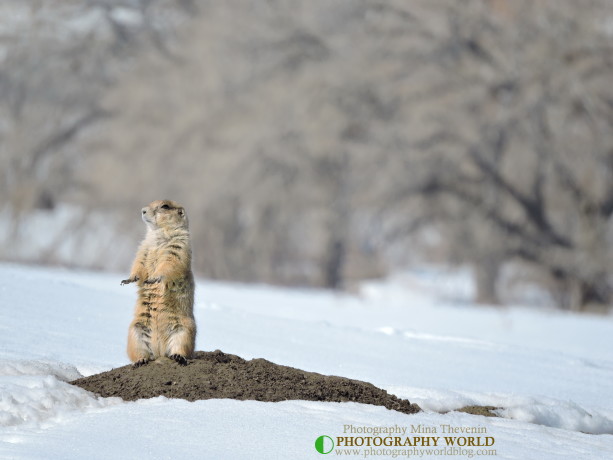 at Standley Lake benefit from their dome craters. These packed mounds serve as look-out points from which an adult male prairie dog, acting as sentry, can hunker down behind or stand up tall upon these rims to watch for intruders.
at Standley Lake benefit from their dome craters. These packed mounds serve as look-out points from which an adult male prairie dog, acting as sentry, can hunker down behind or stand up tall upon these rims to watch for intruders.
When I visited their home turf for several days I observed that many of the adults and juveniles, born from last year’s litter, sunned themselves on the mounds or at their openings.
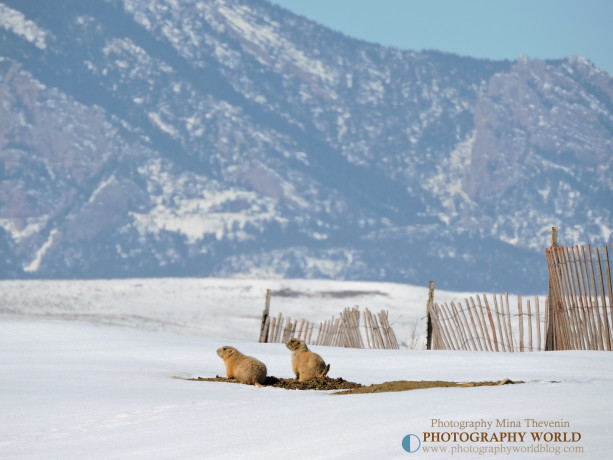
It was evident to me after being with them, even within the first hour, that the prairie dogs lived in a well established community. I observed about 100 prairie dogs within several acres- sunning themselves either alone on a mound or leaning together in groups of two to four. Several of them walked alone on the snow, foraging for grasses that might be poking from the snow’s surface, but always quickly scampered back if they heard a warning yip or bark from their sentry.
I caught one pair touching paws; I missed that photo-op. I saw another two kissing, though really they were touching their front teeth together- missed that photo-op, too. But all of this is normal prairie dog behaviors for recognizing one another and especially identifying if they are from the same coterie (family group/township). (2) Prairie dogs that do not recognize the visitor as kin, consider them to be a hostile and will chase the non-kin away.
DIET .
The Black-tailed Prairie Dog: Who Let the Dogs Out? and what about their diet?
Prairie dogs mainly eat a diet of grasses- western wheat grass, blue grama, buffalo grass, scarlet globe mallow, and sedges are preferred in the spring. (3) They are also able to quickly adjust their diets if there are food issues affected by drought, grazing or herbicides.
Interestingly, prairie dogs do not drink water. They hydrate themselves naturally by the foliage they eat (4), but lactating females will eat snow in winter to help milk production be sufficient (5). This is similar to lactation of human mothers who must consume extra water to ensure ample milk supply for the nursing baby. (This means in addition to drinking 8, eight ounce glasses a day, a nursing mother should drink additional water each time she nurses.) (6)
Do Black-tailed prairie dogs eat meat? They do eat some insects, but maintain on a vegetarian diet. So how come I observed a prairie dog to eat meat? At first I thought it was enjoying a tuber root- holding it in its paws and munching away. But when I zoomed in with the camera, it was evident that it was not eating a vegetable. It was eating a goodly size piece of meat with fat on it! Infanticide is a part of the prairie dog behavior and lactating mother’s are the main culprits, with evidence of adult males also killing off juveniles- particularly if the adult male is taking on a new female coterie with juveniles from a previous male already present, or for population control.
According to the “Prairie Dog” online article from Conisius College Ambassadors for Conservation, website:
There are two ways that prairie dogs control population density. Prairie dog males disperse before the first breeding season of their lives. They travel either to neighboring coteries or to a new site. Many do not survive this trip. A second way that prairie dogs control population density is via rampant underground cannibalism that occurs following the birth of pups in the spring!
Thus, it is a dog eat dog world- after all.
HOME SWEET HOME
So what’s down the prairie dog hole exactly? Their burrows consist of an intricate system of chambers and hallways with each room designated for certain purposes- similar to our own houses. They maintain sleeping quarters, nurseries for babies, and even toilet rooms. A coterie, then, is a “house” or burrow that covers approximately 1 acre of land. There can be one or more coteries per “ward” and one or more wards per colony or town. The size ultimately depends on the topography of the ground- flat, hilly, etc., and the health of the geography. Size-wise, the Black-tailed prairie dog lives in colonies that can range from five to thousands of individuals and can cover hundreds of acres for one kinship group.
COMMUNICATION
Known for their whistles, yips and barks- thus the name prairie dog, the coterie usually consists of one adult male and two to four adult females. Their system of communication has been studied and is found to be an intricate expansion of various calls to one another; the prairie dog is considered to be an intelligent animal. CON SLOBODCHIKOFF, PHD is Professor Emeritus at the Department of Biological Sciences, Northern Arizona University; he is also Director of Animal Language Institute and President and CEO of Animal Communications, Ltd. For over thirty years, Dr. Slobodchikoff has studied the vocalizations of prairie dogs, particularly the Gunnison species, and presents research that demonstrates their language is complex, which means intelligence. For example, through studies, the prairie dogs have different tonal yips to identify the specifics of “human with blue shirt” vs. “yellow shirt”, as well as identifying different predators- coyotes, dogs, raptors, etc. (7)
Prairie dog communication expands to include all neighboring kin into the conversation. These family kin coteries produce one litter a year of three to four pups in the springtime, gestation being about four to five weeks. The female pups will grow and stay within their coterie territories and expand the family kin-system, but the male pups will leave at age 12 to 14 months when weened and find a new family system within the same town. Old age for a Black-tailed prairie dog in the wild would be 5 to 8 years, but average life span is 2 to 5 years. (8)
Prairie dogs are only found in North America. Their geographical home stretches from south-central Canada to northeastern Mexico and from roughly the 98th meridian west to the Rocky Mountains. The Black-tailed species is currently present in 11 States: Arizona, Colorado, Kansas, Montana, Nebraska, New Mexico, North Dakota, Oklahoma, South Dakota, Texas, and Wyoming.(9)
Conservation status identifies the Black-tailed prairie dog as a KEYSTONE SPECIES in most geographical areas in which it lives, meaning it is an important part of the ecosystem and that without that species, the whole ecosystem of the area would change. How are the Black-tailed prairie dogs keystone? They serve as food for certain predators, they add to ecological biotic and abiotic structures and richness of the soil and vegetation in which they inhabit. Additionally, their burrows are used by burrowing birds for nests, as well as homes for some reptiles and ferrets. Soil is aerated due to their tunneling and burrows, and health of grasses are improved; a prairie dog town’s soil statistically shows the soil to be higher in protein and nitrogen and are favored for grazing by bison, elk, and pronghorn (10). Research identifies that ecosystems of grasslands inhabited by Black-tailed prairie dogs support higher biodiversity than grasslands not occupied by them. (11)
How is the black-tailed prairie dog doing as of 2015?
The prairie dog has become nearly extinct over the last one-hundred and fifty years, as 97% to 98% of their entire population has been wiped out. Numbers have plummeted from the billions to low millions currently. Of the five species of prairie dog, two are on the endangered list and three- including the Black-tailed, have been denied protective status to date.
There are two main reasons for near-extinction.
Disease has, in part, contributed to the decrease in prairie dog populations.
Plague is a disease that can occur in several species of animals, including rodents and humans. The form of the plague that occurs in rodents is known as sylvatic plague. Prairie dogs are highly susceptible to infection with the bacteria that cause sylvatic plague (Yersinia pestis). The same bacteria also cause plague in humans. This disease can be spread through flea bites, droplets in the air, and direct contact. Currently, sylvatic plague is widespread throughout the western United States. Rapid outbreaks of plague affect a high proportion of the animals exposed, and the high death rate in wild prairie dog populations within a colony may limit further spread. (12)
Historically, human beings have viewed the prairie dog as a pest. An animal that used to number into the billions and live seamlessly with prairie life- including the great buffalo, are currently estimated to be a number of 10-20 million in the wild. Again, historically, reports of prairie dogs eating into the success of farmers’ crops, causing harm to cattle and horses who may injure themselves by stepping into burrowed holes, has contributed to mass killings; research, though,
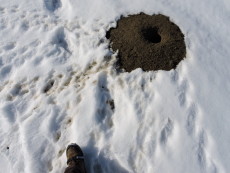
cannot find evidence of injured animal reports- which makes sense, because cattle and horses would no more step in a hole in the ground than we would. Well, most of us, anyway. Into the 21st Century farmers are improving crop protection techniques and implementing better storage facilities for grains, etc.
What does all this mean? The good news is that it means if we have been part of the problem, we are part of the solution.
Like many things about life, our education is key. Through experience, learning and understanding about the value of biodiversity and balance in life we are more successfully living in our nature with planet earth. Black-tailed prairie dogs and human beings are a part of this same biodiversity. We are a keystone ourselves! We share with all creatures and in this understanding- we move from surviving to thriving in the shared partnership of life.
* * * * *
Resources for Photography World’s:
BLACK-TAILED PRAIRIE DOG: Who Let the Dogs Out?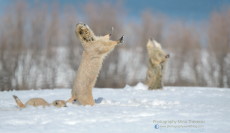
(1) Prairie Wildlife Research: Black-tailed Prairie Dog. (Website)
(2) Prairie Wildlife Research: Black-tailed Prairie Dog, Behavior. (Website)
(3) Prairie Dog, Diet. Wikipedia (Website)
(PHOTOGRAPHY WORLD note about this particular Wikipedia article. We not that is well written and sites extensive resources to support its article facts.)
(4) Canisius Ambassadors for Conservation: Prairie Dog. Conserve Nature .org (Website)
(5) Long, K. (2002) Prairie Dogs: A Wildlife Handbook, Boulder, CO: Johnson Books.
(6) Donna Murray, R.N., BSN. (November 3, 2014) Breast Feeding and Fluid Intake: How Much Water Should A Nursing Mother Drink Each Day? About Health. (Website)
(7) Abumrad, Jad and Krulwich, Robert. (January 20, 2011) New Language Discovered: Prairiedogese. Radiolab, NPR. (Website)
(8) Prairie Wildlife Research: Black-tailed Prairie Dog, Behavior. (Website)
(9) Endangered Species: Black-Tailed Prairie Dog. U.S. Fish & Wildlife Service Endangered Species. (Website)
(10) Great Plains Restoration Counsel: Prairie Dogs and Soil Impacts. (Website)
(11) Ceballos, G; Pacheco, Jesús; List, Rurik (1999). “Influence of prairie dogs (Cynomys ludovicianus) on habitat heterogeneity and mammalian diversity in Mexico”. Journal of Arid Environments 41 (2): 161–172. Science Direct (Website)
(12) Disorders and Diseases of Prairie Dogs. Merck Manuals, “Plague”
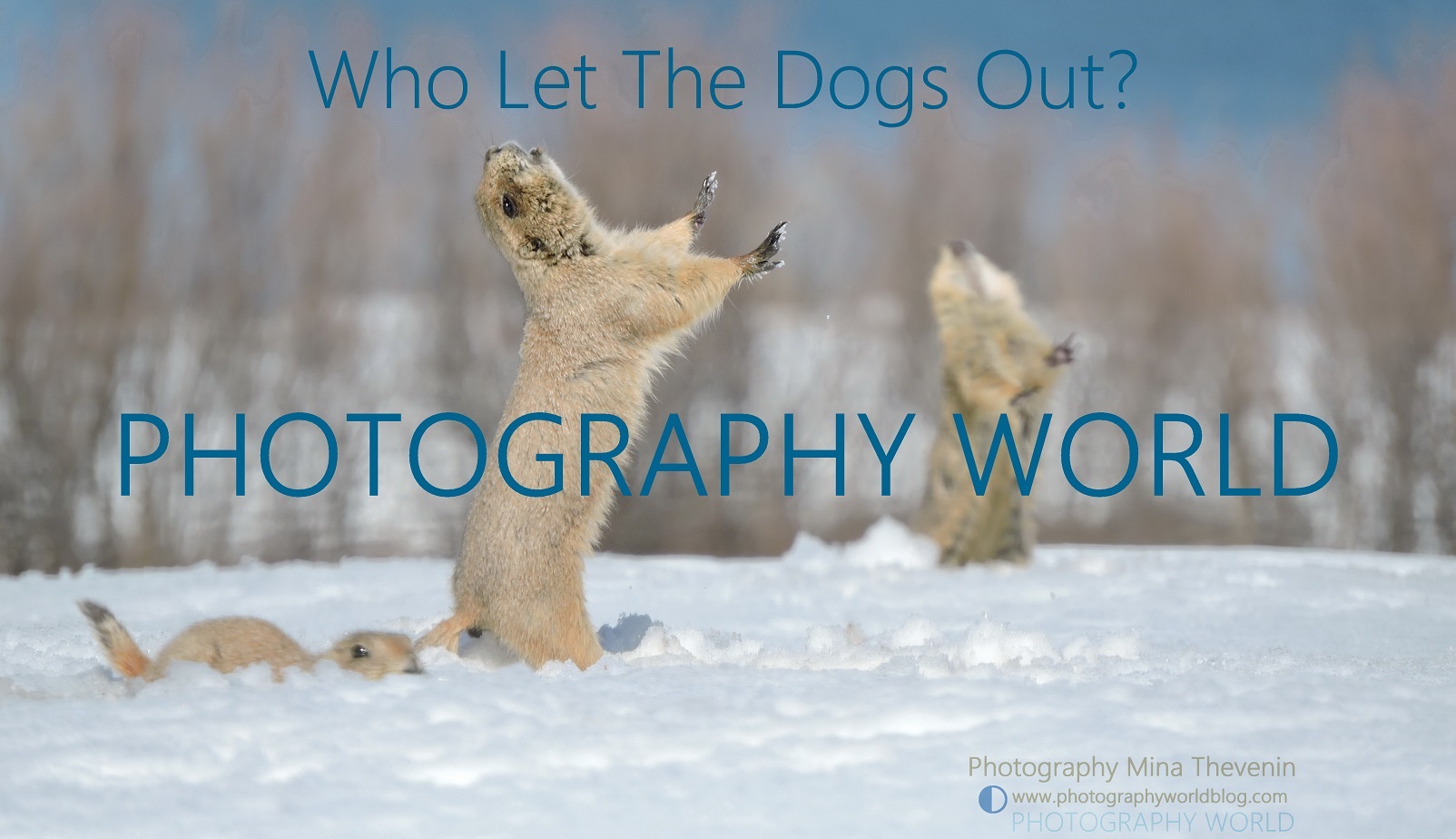
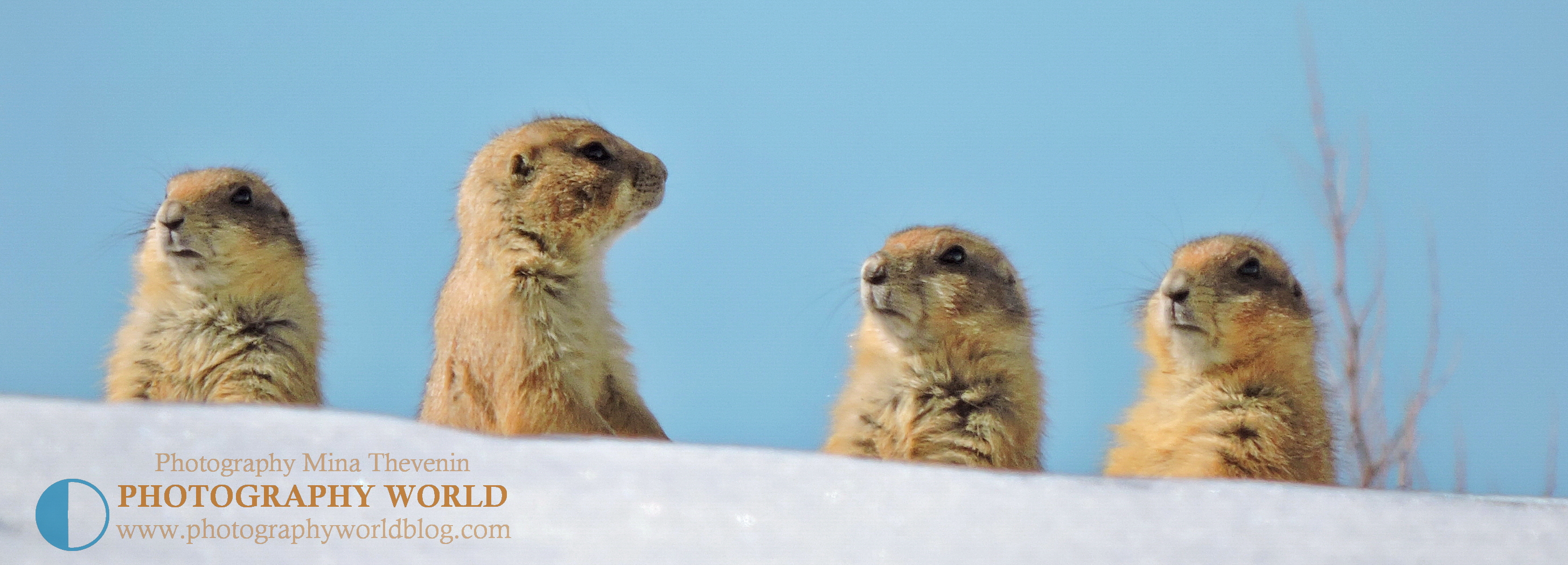
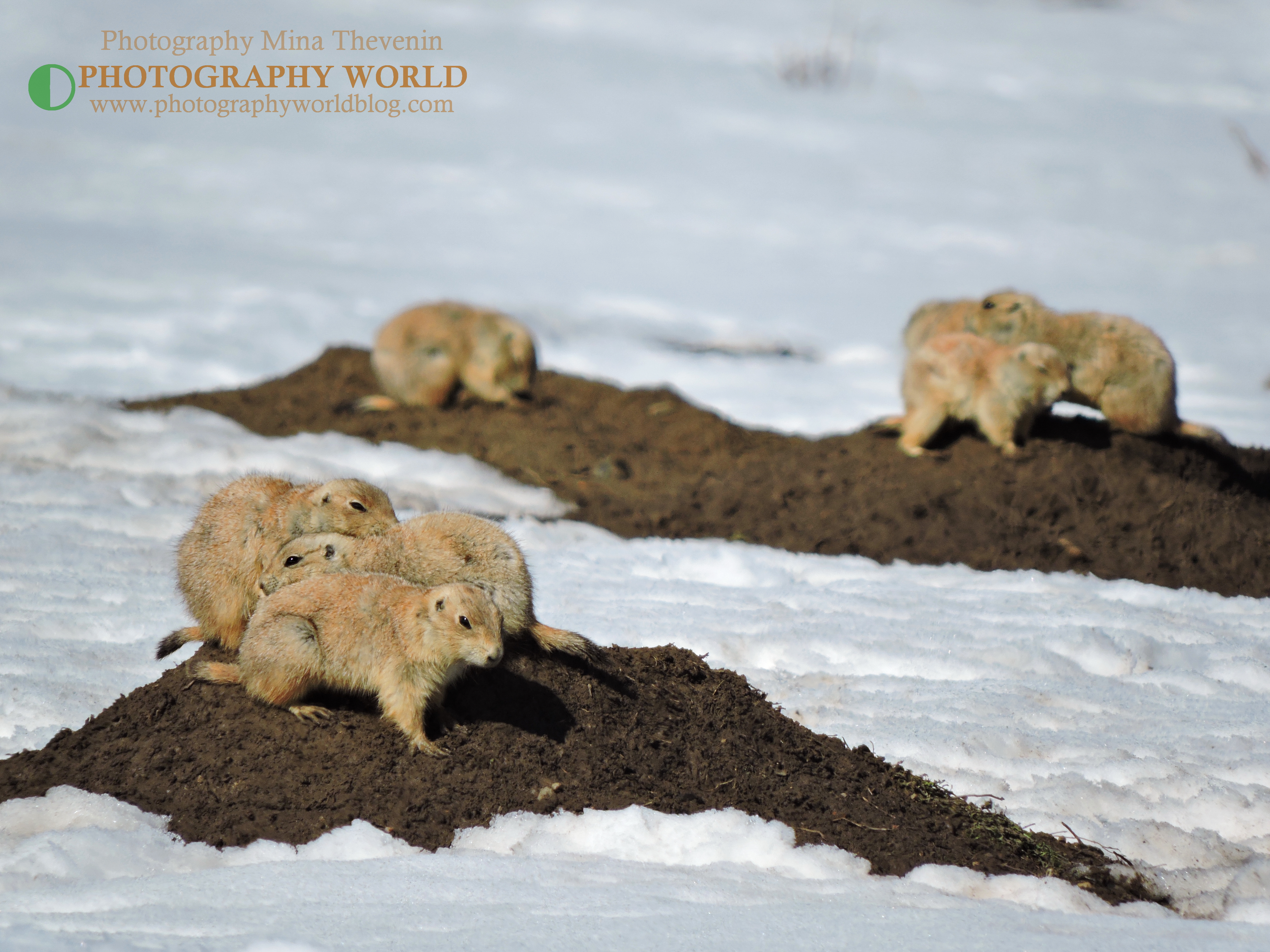
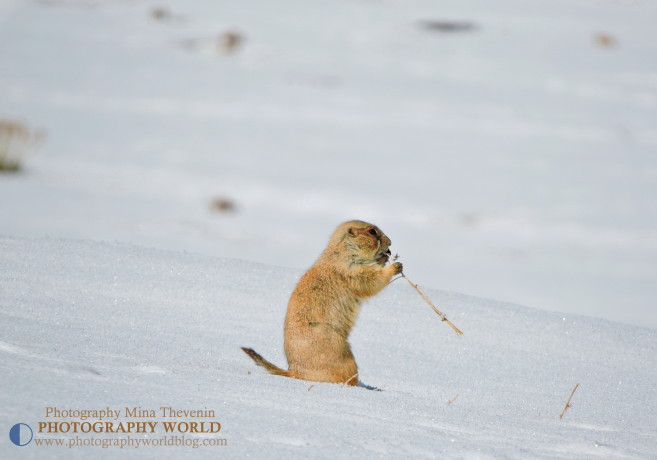
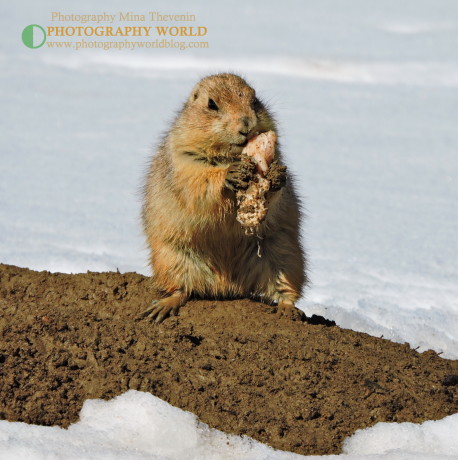
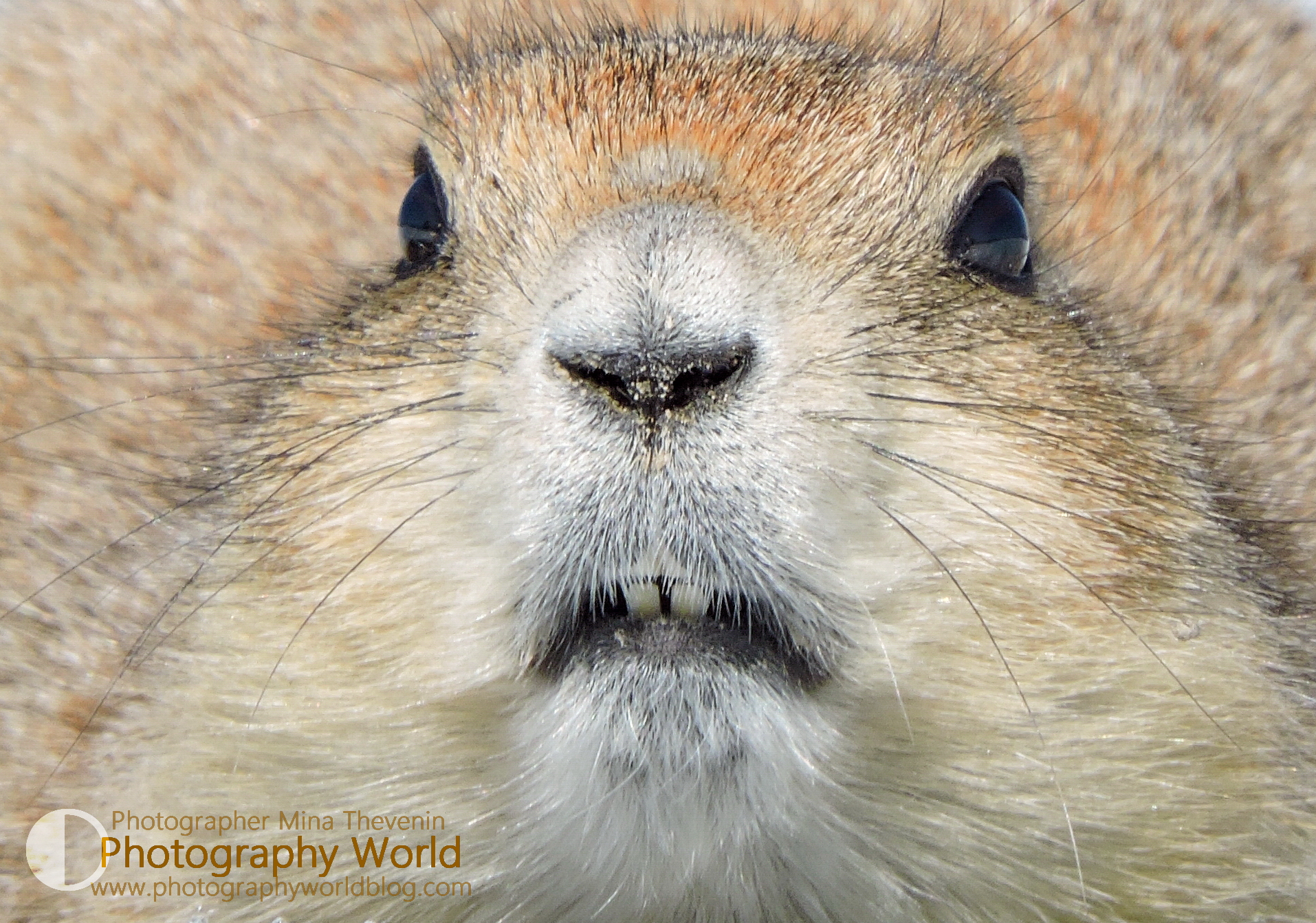
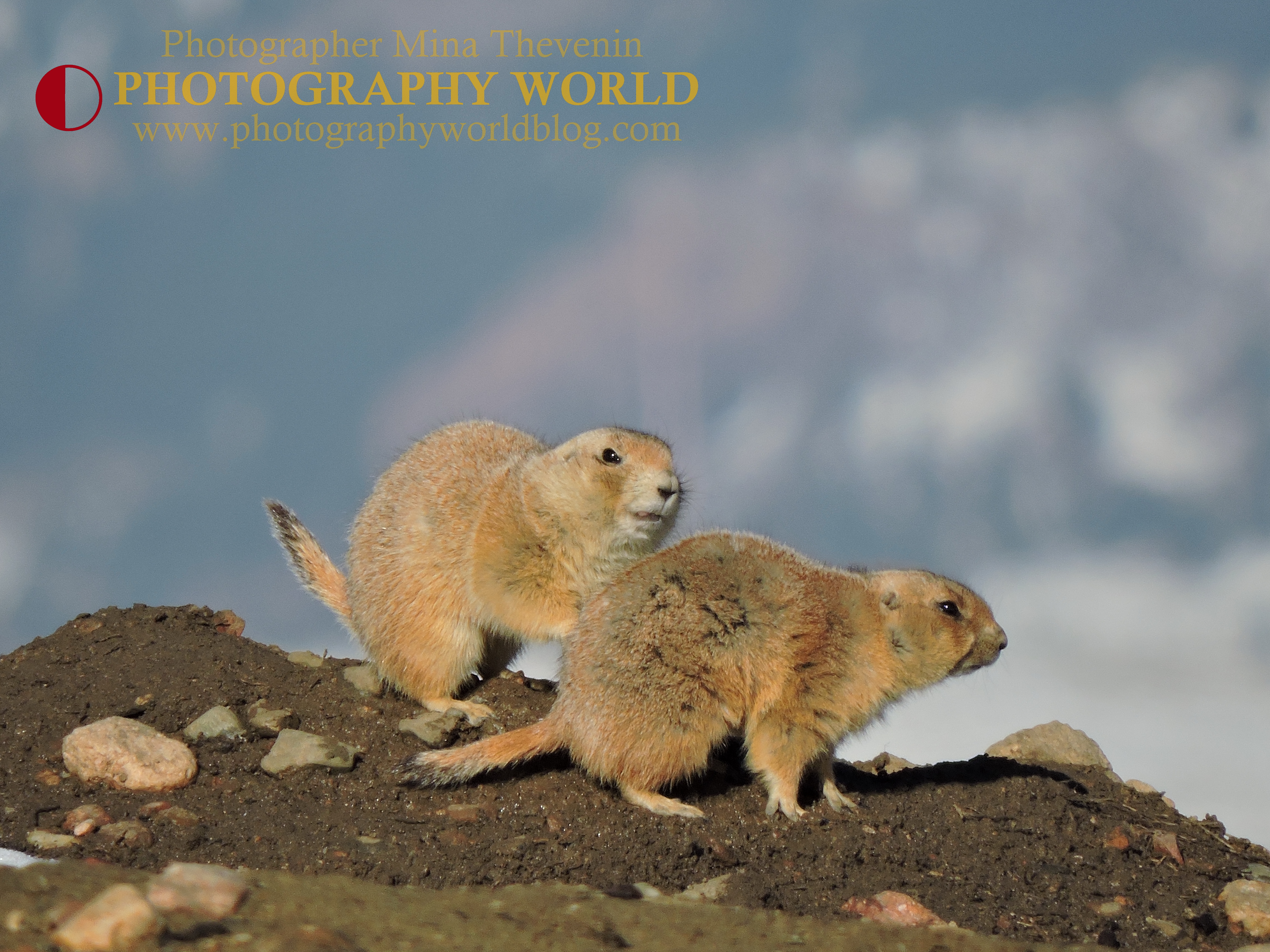
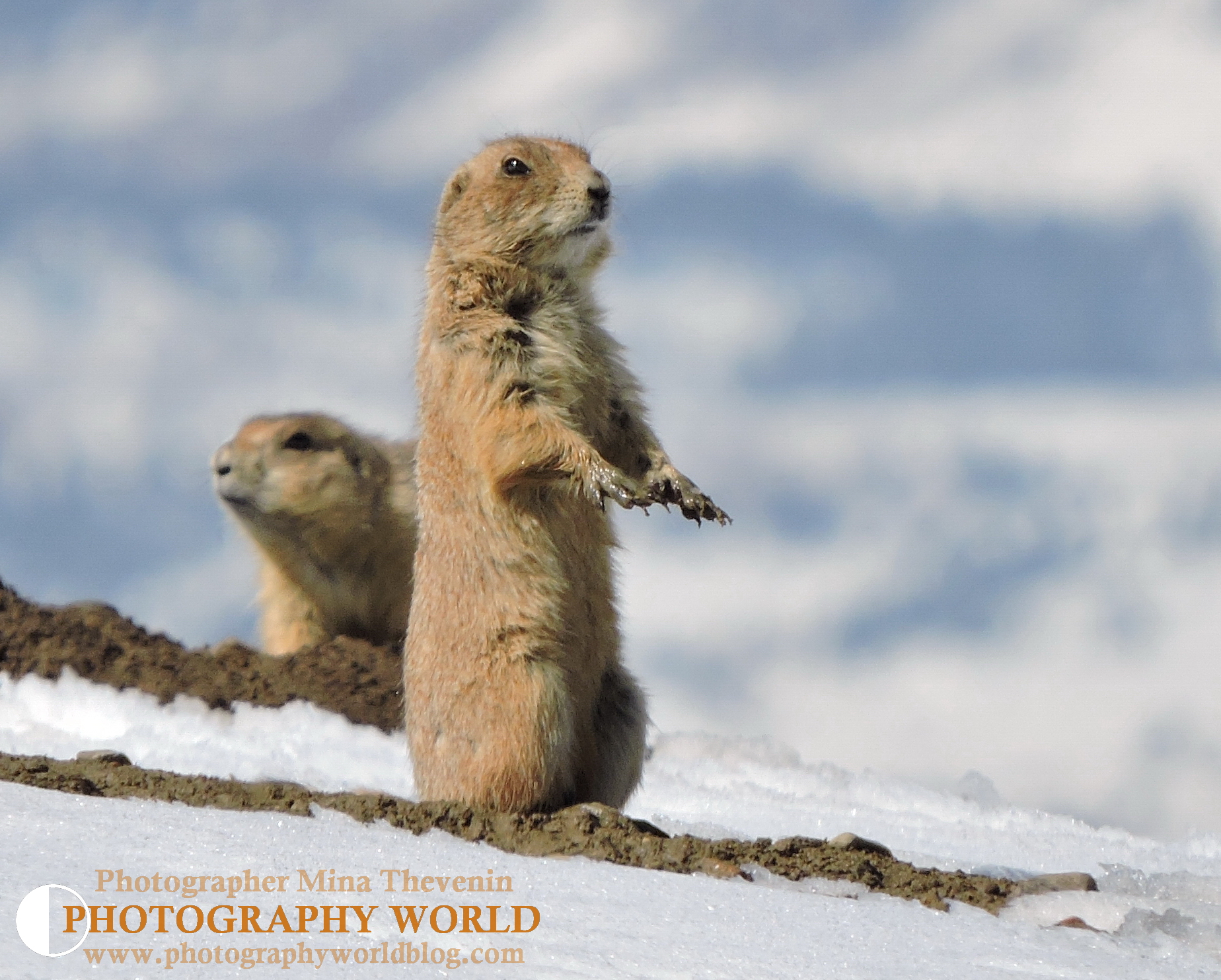
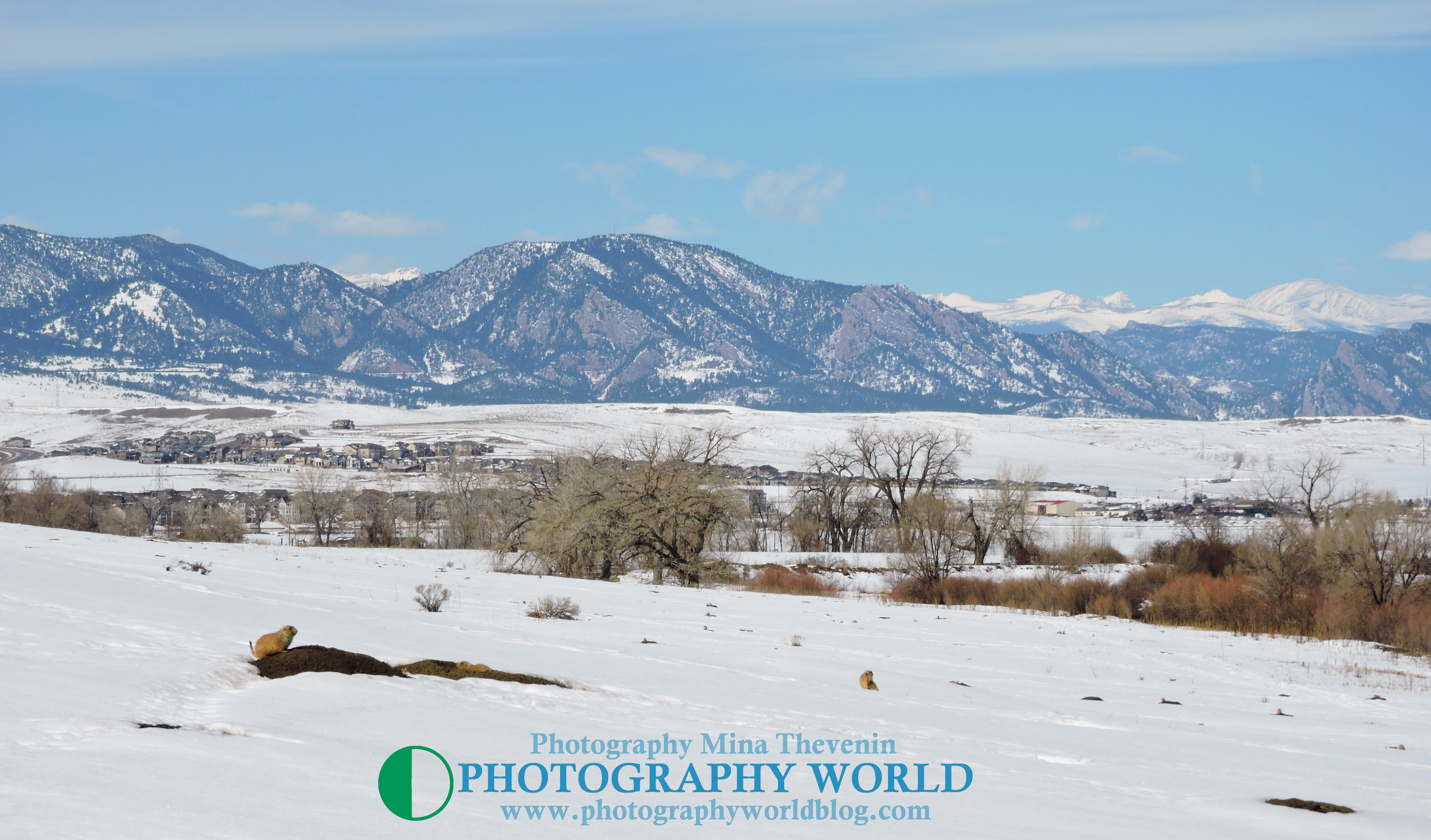
I just want to tell you that I am new to blogging and actually enjoyed you’re web-site. Very likely I’m likely to bookmark your website . You actually come with remarkable articles and reviews. Thanks for sharing with us your blog.
Thanks M.H. and good look with your project!
I love the efforts you have put in this, appreciate it for all the great articles.
Thank you Najt!
Keep on writing, great job!
Hi boom beach and thanks!